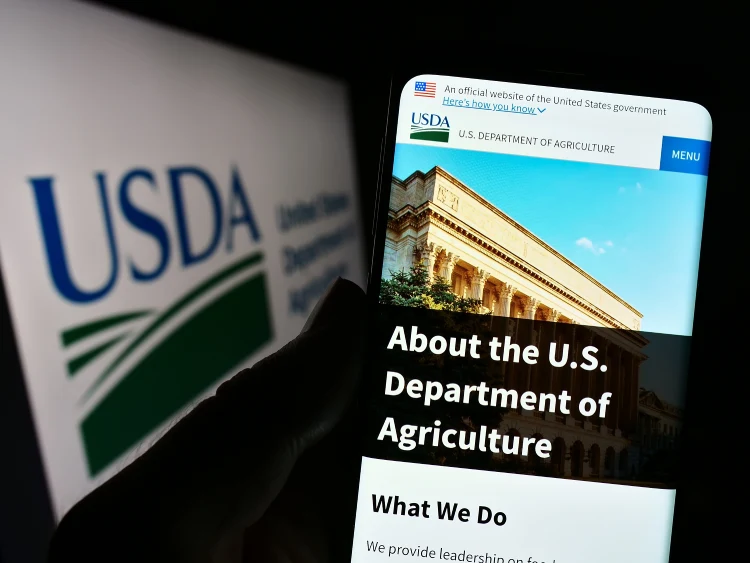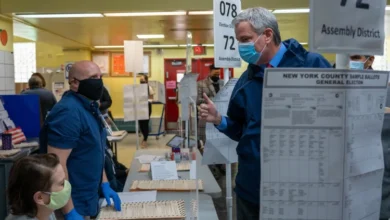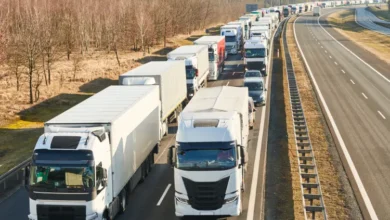
USDA Restores Climate Webpages After Lawsuit Forces Policy Transparency
Farmers And Environmental Groups Win Battle To Reclaim Vital Online Resources
Following President Donald Trump’s return to office in January 2025, the USDA removed a series of webpages dedicated to climate-smart agriculture, forest conservation tools, and clean energy programs—many of which were funded under the 2022 Inflation Reduction Act.
According to internal memos, the purge was part of a broader rollback of environmental initiatives deemed inconsistent with the new administration’s agenda. Farmers, however, didn’t see politics—they saw disruption.
Entire sections were wiped out overnight. Interactive maps once used to predict wildfire risk in national forests vanished. Information about rural clean energy loans disappeared.
One web tool, the Climate Risk Viewer, became completely inaccessible. For many agricultural workers, these were not optional reading materials—they were the digital infrastructure guiding their seasonal planning.
Lawsuit as Leverage

In February, three groups—the Northeast Organic Farming Association of New York, the Natural Resources Defense Council, and the Environmental Working Group—filed suit against the USDA.
Represented by Earthjustice and the Knight First Amendment Institute, the plaintiffs argued that removing this information violated federal rules around public access to government data.
The suit wasn’t about internet links; it was about access to tools farmers use to navigate rising temperatures, manage crop insurance decisions, and apply for sustainability funding.
Jeffrey Stein, Earthjustice attorney, characterized the deletions as a “triple whammy”—stripping away data, freezing funds, and laying off relevant staff. That combination, he said, left many farmers “fighting with one hand tied behind their backs.”
More Than a Webpage
The internet may be a global network, but its impact is deeply local. In upstate New York, organic grain farmer Emma Litz shared how she once used USDA’s now-deleted clean energy calculator to evaluate solar panel feasibility on her farm.
When it disappeared, so did her ability to submit an accurate federal loan application. “It wasn’t just a webpage,” she said. “It was the reason I had a shot at running a self-sustaining operation.”
Farmers across the Midwest and South reported similar frustrations. Many had no idea why the links they’d bookmarked for years now led to “404 Not Found” errors. In some cases, they assumed the programs had been discontinued altogether.
A few even abandoned grant applications mid-way, believing their eligibility had changed. The lack of transparency turned everyday operations into guesswork.
A Legal Win, but a Lingering Lesson
On May 13, facing mounting legal pressure and an impending court hearing, the USDA confirmed it would restore the deleted content. A spokesperson stated that the restoration would take two weeks, with updates on the process to follow.
For those involved in the case, this was a symbolic win—but also a warning. The incident revealed how easily critical information can be taken offline without oversight. It underscored the need for stronger safeguards ensuring public access to environmental and scientific data, especially as climate conditions continue to shift rapidly.
The lawsuit also highlighted how digital erasure can serve as a stealth tactic in broader policy changes. If a program still exists on paper but is invisible online, how many people will actually benefit from it?
[Source]




